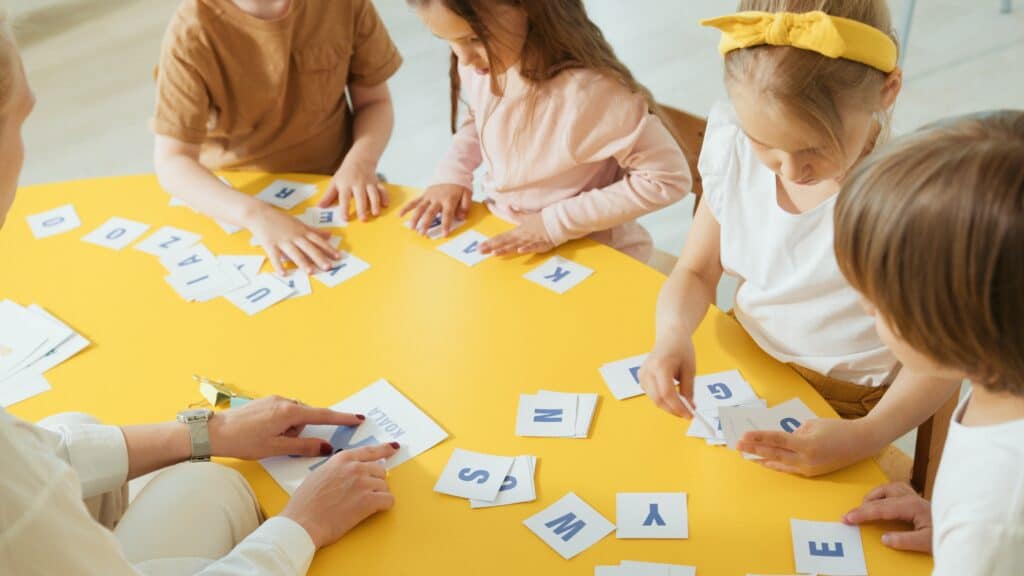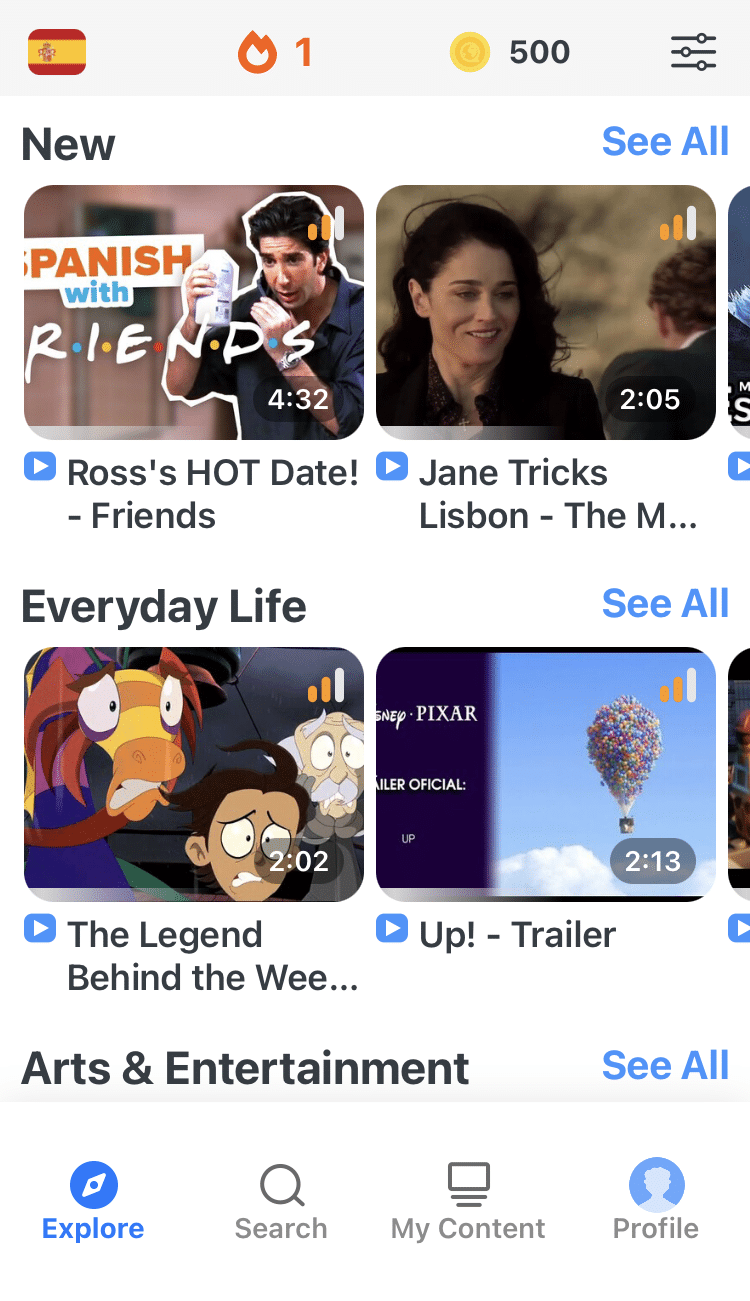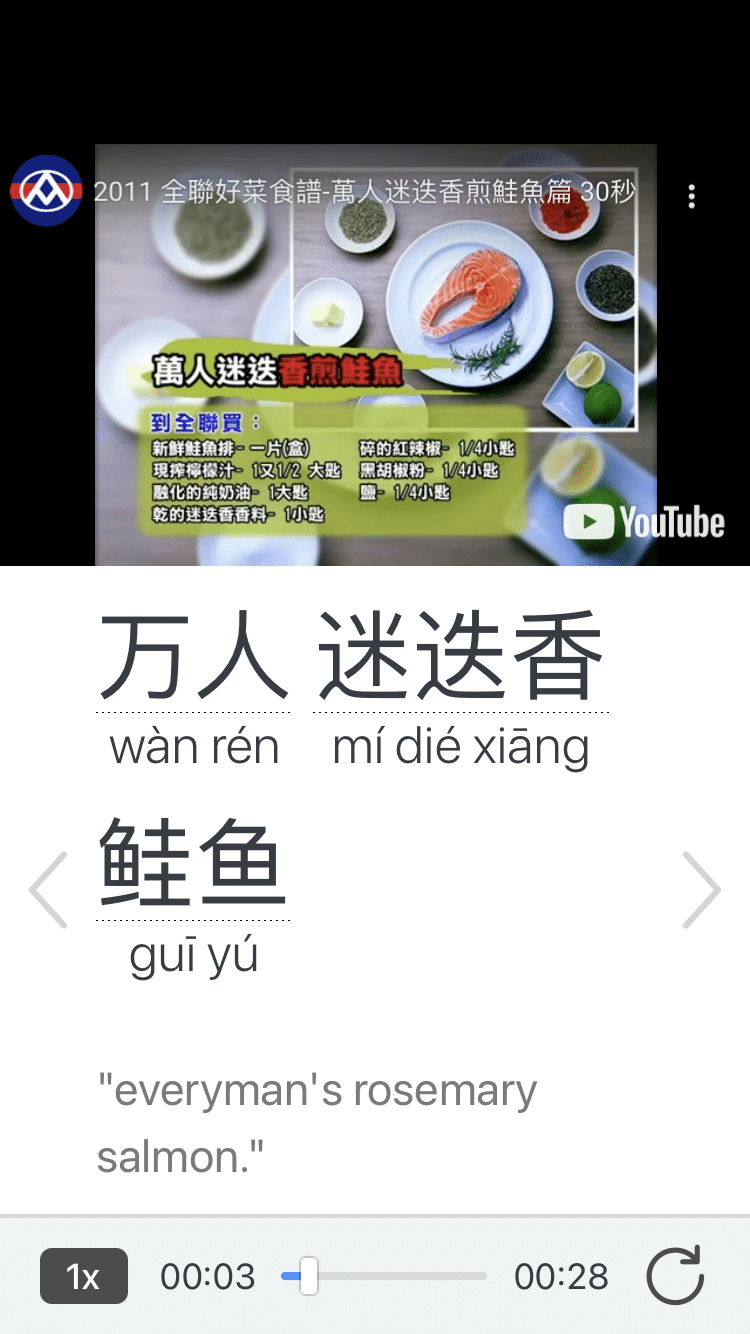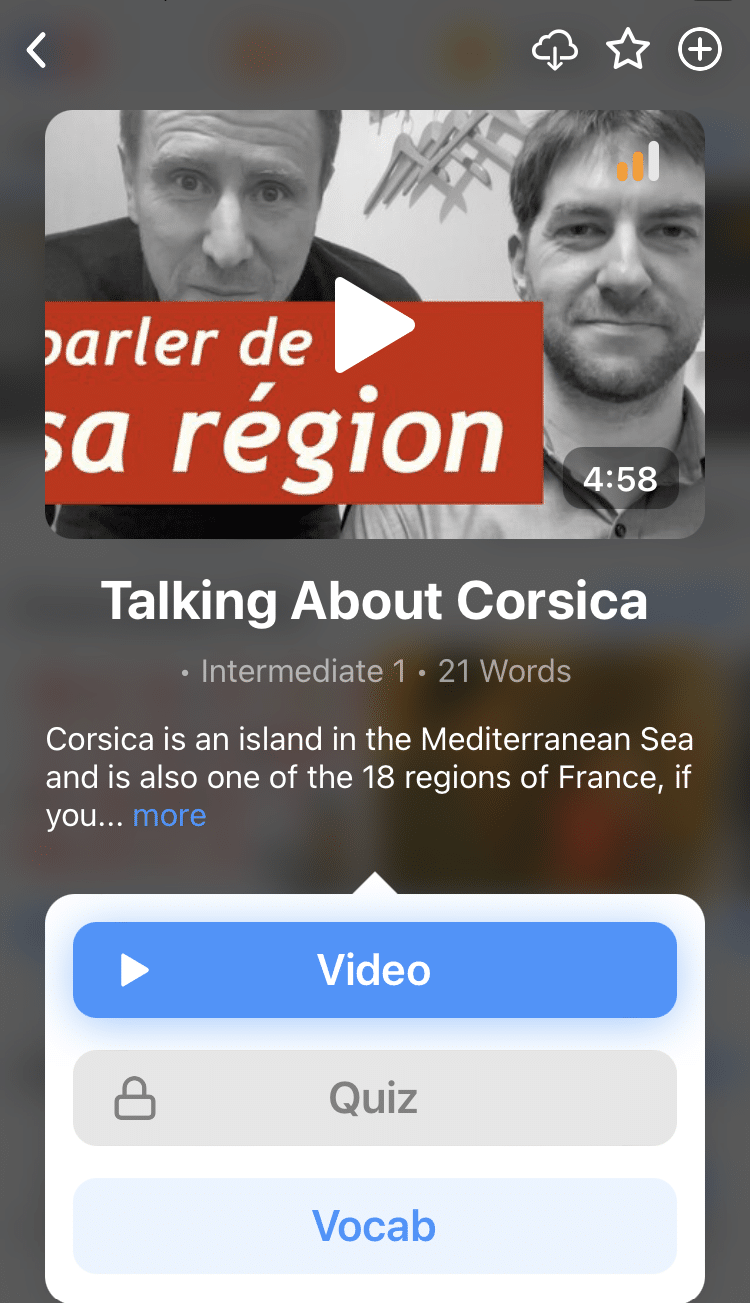
How Do Children Learn Language? Takeaways for Adults
Adult language students can learn a lot from babies. So, let’s take a closer look at how kids transition from babbling newborns into chatty kindergartners, including the major milestones of child language development.
Then, I’ll discuss how this can help adults learn a foreign language, too.
Contents
Download: This blog post is available as a convenient and portable PDF that you can take anywhere. Click here to get a copy. (Download)
Child Developmental Stages and Language Milestones
Pre-birth
We used to think that language learning began at the moment of birth. But scientists in Washington, Stockholm and Helsinki discovered that fetuses are actually listening inside the womb.
They gave mothers a recording of made-up words to play repeatedly during pregnancy. After the babies were born, they were hooked up to EEGs, and scientists were able to see images of their brains when the made-up words were played again.
To researchers’ astonishment, the babies remembered and recognized the words that were presented when they were in the womb.
This suggests pre-natal language learning is not only possible, but actively happening.
It turns out, the first day a child starts learning their language isn’t the day they’re born. It’s actually about 18 weeks into pregnancy, when babies start to develop hearing ability.
So, be careful what you say around a pregnant woman—somebody else is listening, too!
Zero to Six Months
Newborn babies are keen listeners in their environments. They particularly like to listen to the voice of their mother and they quickly differentiate it from other voices.
They also learn to recognize the sounds of the mother’s language from a foreign one.
Baby communication centers on expressing pain and pleasure. If you listen carefully, you’ll notice that babies have different cries for different needs. A cry for milk is different from a cry for a new diaper—although a flustered first-time parent might not hear any difference.
Around the fourth month, babies engage in “vocal play” and babble unintelligible sounds—especially those that begin with the letters M, P and B. (This is when mom swears baby said “mama.”)
Six to 12 Months
This is the peek-a-boo stage.
Babies pay attention and smile when you call them by name. They also start responding to “Hi!” and “Good morning.”
At this stage, babies continue babbling and having fun with language. But now, their unintelligible expressions have a certain kind of sophistication. They seem to almost be putting words together.
You could’ve sworn they were telling you something.
It will actually be around this time when babies learn their first words (“no,” “mama,” “dada” and so on).
By month 12, you’ll have that nagging feeling that your baby understands more than they let on.
And you would be right. Babies, although they can’t speak much, recognize a lot. They begin to recognize key words like “cup,” “ball,” “dog” and “car.”
That means on their first birthday, they’ll definitely learn what “cake” means!
One to Two Years
This is the “Where’s-your-nose?” stage.
Babies learn to differentiate and point to different parts of their bodies. They’ll also be very receptive to queries like “where’s daddy?” and requests like “clap your hands” or “give me the book.”
Of course, a child’s comprehension comes ahead of their ability to speak. But in this stage, they’ll be learning even more words. Their utterances will graduate into word pairs like “eat cake,” “more play” and “no ball.”
This is also the time when babies especially love hearing sing-along songs and rhymes. And guess what? They’ll never really tire of these, so be prepared to listen to your kid’s favorite rhymes over and over and over and over again.
Two to Four Years
There will be a tremendous increase in learned words at this stage.
Your child now seems to have a name for everything—from the cups they use to their shoes and toys. They’ll gain more nouns, verbs and adjectives in their linguistic arsenal.
Toddlers’ language structures become more and more complicated. Their sentences get longer and their grammar mistakes get slowly weeded out. Now, they can express statements like “I’m hungry mommy” and “my friend gave me this.”
Many children in this age range start to get really talkative and ask questions like, “Where are we going, daddy?” You’ll probably begin to suspect that they’re preparing to ask ever more difficult questions, in fact.
Your kid has, in a general sense, learned the rules of the language and become a native speaker.
Takeaway Lessons for Foreign Language Learners
Now that we know how babies acquire their first language, is there anything in the process that adult language learners can emulate in their quest to learn foreign languages?
As it turns out, there is.
Let’s take a peek behind the curtain at exactly how babies go from listening and babbling to full-blown, native-speaker sentences.
1. The Centrality of Listening
Listening comes very early in the language acquisition process. It’s the first language skill humans develop.
Without listening, they’d have no building blocks from which they can build their own repertoire of sounds. In fact, babies don’t fully develop their language capabilities without the ability to hear—thus we have the deaf-mute pairing.
In addition, children who suffer hearing problems early in life experience delays in expressive and receptive communication skills. Their vocabulary develops slower and they often have difficulty understanding abstract words (e.g. extreme, eager and pointless). Their sentences are also shorter and simpler.
In general, the greater the hearing loss, the poorer children do in academic evaluations. It’s clear that listening is central to language learning.
And yet, how many language programs focus on listening as a high-priority skill, as opposed to grammar or vocabulary acquisition?
This may be partly because listening is deceptive; it seems like nothing’s happening. It’s too passive an activity. When speaking, you can actually hear what was learned, but the benefits of listening are not initially so noticeable.
Contrary to common belief, though, listening can be an intensely active activity—and it should be, when learning a new language.
As a foreign language learner, you should devote time to actively listening to your target language.
Take every opportunity to listen to the language as spoken by native speakers. When you watch a movie or a language learning video, for example, don’t just focus on the visuals, but listen for the inflections, tones and rhythms of words, too.
2. The Primacy of Making Mistakes
Listening to a one-year-old talk is such a delight. Their statements betray a string of misappropriated vocabulary, fuzzy logic and grammar violations.
When a one-year-old points to a dog and says “meow,” we find it cute. When his older sister says, “I goed there today,” we correct her by gently saying, “Oops! Not goed. Went!”
We aren’t as kind to adults. And we’re even worse to ourselves.
Ever since we learned in school that making mistakes often means lower test scores and embarrassment, we dreaded making them. And we carry this fear into language learning as adults.
That’s why, unless we’re 100% sure, we won’t want to say a single sentence in our target language. First, we must make sure that the words are in their proper order, that the verbs are in their proper tenses and agree in number and gender as necessary.
But clearly, a 10-month-old has no problems committing more mistakes in one sentence than they have words. They won’t admit or even know that something’s wrong. They just go on with their life and continue listening.
As a foreign language learner, you really have to make peace with the fact that you’re going to make mistakes.
In fact, you should make as many mistakes as you can. Make a fool out of yourself and laugh along the way! If you’re as diligent about correcting those mistakes as you are making them, soon enough you’ll be on your way to fluency.
3. The Joy of Repetition
For children around six to 12 months in age, playing peek-a-boo never gets old. They’re genuinely surprised every time you reveal yourself, and they’ll laugh themselves silly over it all day.
Then, from one year to two years of age especially, kids can’t get enough of sing-songy rhymes. You keep wondering when they’re gonna get sick of it, but lo and behold, every time is like the first time all over again, and they’re just getting more excited.
The key is repetition, and it’s a vital element of learning a language. Babies learn stuff over and over—to the point of overlearning—and it’s part of why they pick things up so quickly.
Adults, on the other hand, hardly ever have the patience to overlearn a language lesson in this way, unless they’re willing to be bored to tears.
Instead, adults often interpret this kind of repetition as being “stuck.” The lack of forward motion is promptly followed by the thought that time is being wasted, and so they move on to the next lesson, to the detriment of their learning.
In the prenatal experiment where made-up words were played to babies in the womb, they heard these words almost 25,000 times! And yet, most of us older language learners repeat our new vocabulary a handful of times and then feel frustrated when we can’t recall it from our long-term memory.
Many vocabulary-building and flashcard apps take the repetition concept further by utilizing spaced repetition software, designed to help you review words just as you’re likely to be forgetting them again.
Repetition can take the form of replaying videos, rereading stories, rewriting vocabulary, re-listening to podcasts and re-doing games and exercises.
Keep on repeating until it becomes a habit. Because that’s what a language ultimately is.
4. The Importance of Immersion
Immersion, for language learners, can push your brain to process information in the same way native speakers do.
For a baby, simply being born is much like an English speaker being dropped in the middle of China with no internet access. Everything is new.
So you use your innate abilities to make generalizations, read context, listen to native speakers and imitate how they talk. You learn to communicate fast, otherwise you don’t eat—even when you’re sitting at a Chinese restaurant.
It’s a totally immersive experience where you’re not learning a language just for kicks or for your resume, but for your very survival.
There’s obviously nothing fake about a child learning their first language. It’s an immersive, authentic experience where lessons are learned in a meaningful social context.
For adult language learners, immersion can be experienced remotely, by getting exposure to as much speech from native speakers as possible.
Watching video content in your target language can be a fun way to immerse yourself, for example. It doesn’t even have to be educational—foreign movies, podcasts and YouTube videos can immerse you in a way that motivates you to understand what you’re hearing.
Subtitles are a huge help for this kind of immersion, especially if you don’t have the basics of the language down fully yet. You can use an immersion program like FluentU. This way, you can learn a language the same way children do—by listening to it used in context. FluentU takes authentic videos—like music videos, movie trailers, news and inspiring talks—and turns them into personalized language learning lessons. You can try FluentU for free for 2 weeks. Check out the website or download the iOS app or Android app. P.S. Click here to take advantage of our current sale! (Expires at the end of this month.)
Who knew little kids could teach us so much about learning a foreign language?
Whether you want to speak French, Spanish, Japanese or something else, remember to listen, make mistakes, repeat everything and immerse yourself.
Download: This blog post is available as a convenient and portable PDF that you can take anywhere. Click here to get a copy. (Download)
And One More Thing...
If you dig the idea of learning on your own time from the comfort of your smart device with real-life authentic language content, you'll love using FluentU.
With FluentU, you'll learn real languages—as they're spoken by native speakers. FluentU has a wide variety of videos as you can see here:
FluentU has interactive captions that let you tap on any word to see an image, definition, audio and useful examples. Now native language content is within reach with interactive transcripts.
Didn't catch something? Go back and listen again. Missed a word? Hover your mouse over the subtitles to instantly view definitions.
You can learn all the vocabulary in any video with FluentU's "learn mode." Swipe left or right to see more examples for the word you’re learning.
And FluentU always keeps track of vocabulary that you’re learning. It gives you extra practice with difficult words—and reminds you when it’s time to review what you’ve learned. You get a truly personalized experience.
Start using the FluentU website on your computer or tablet or, better yet, download the FluentU app from the iTunes or Google Play store. Click here to take advantage of our current sale! (Expires at the end of this month.)






